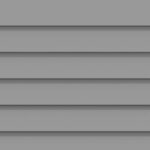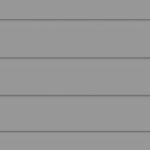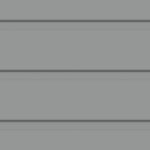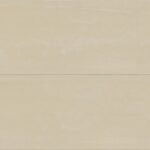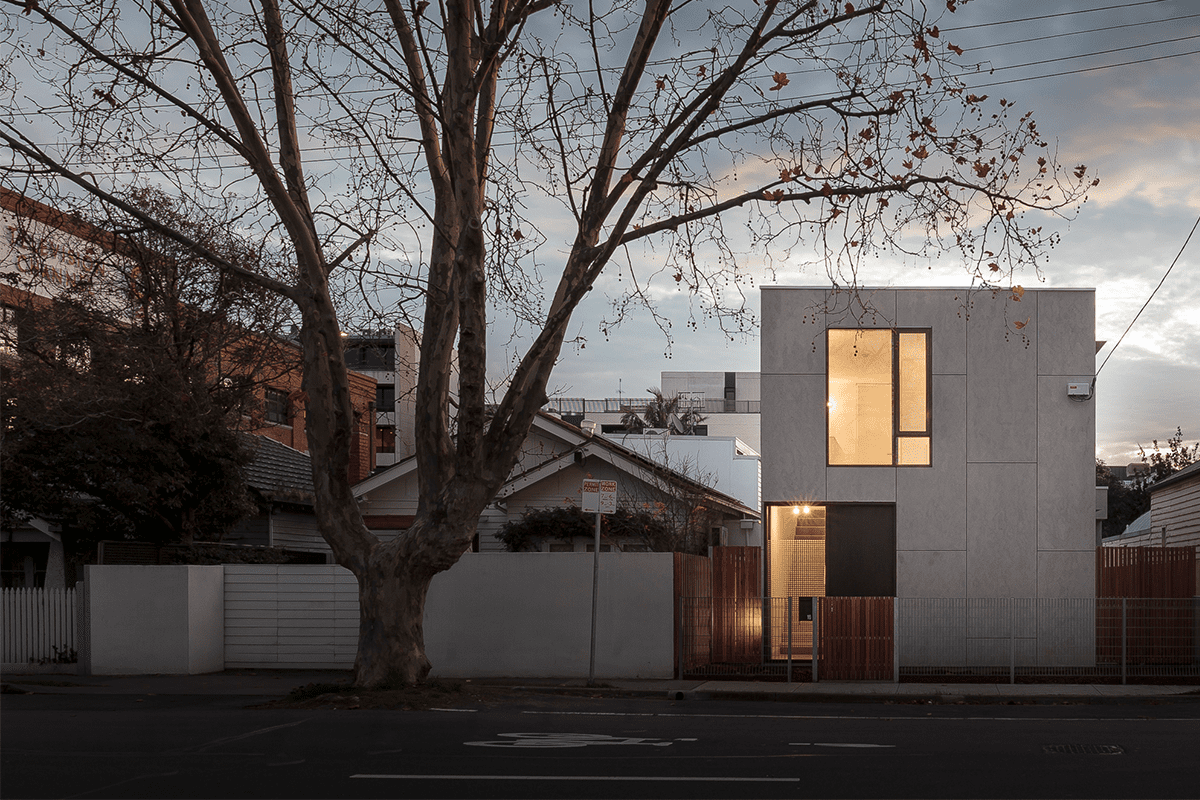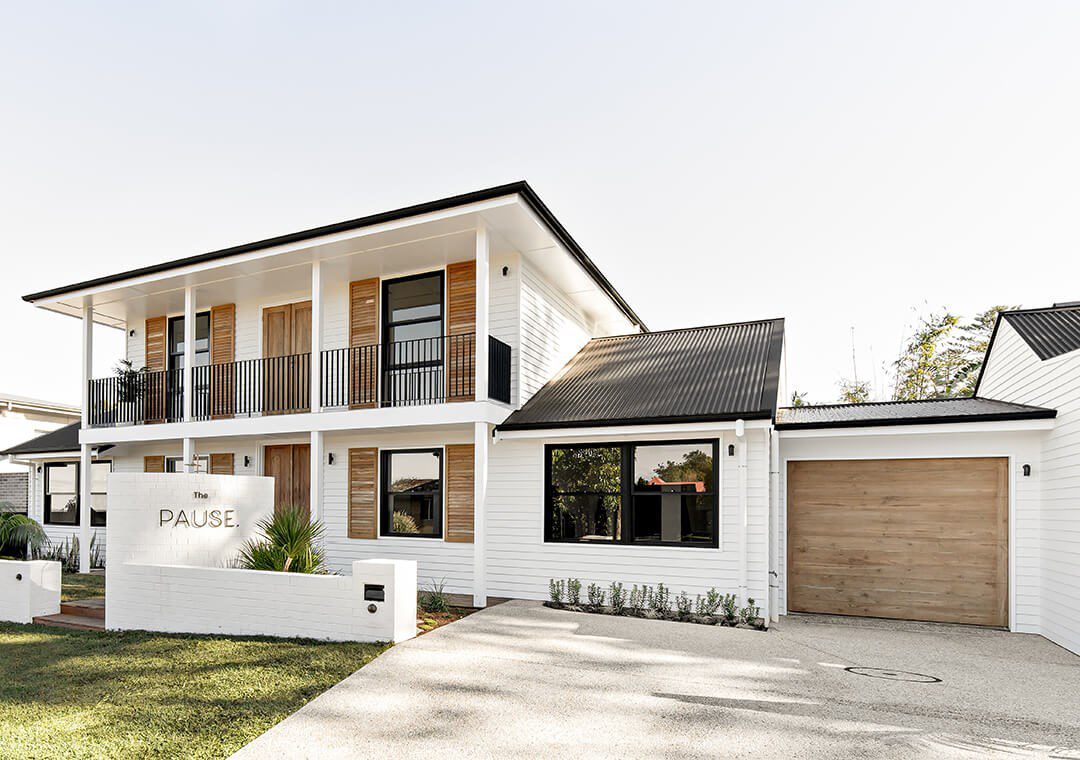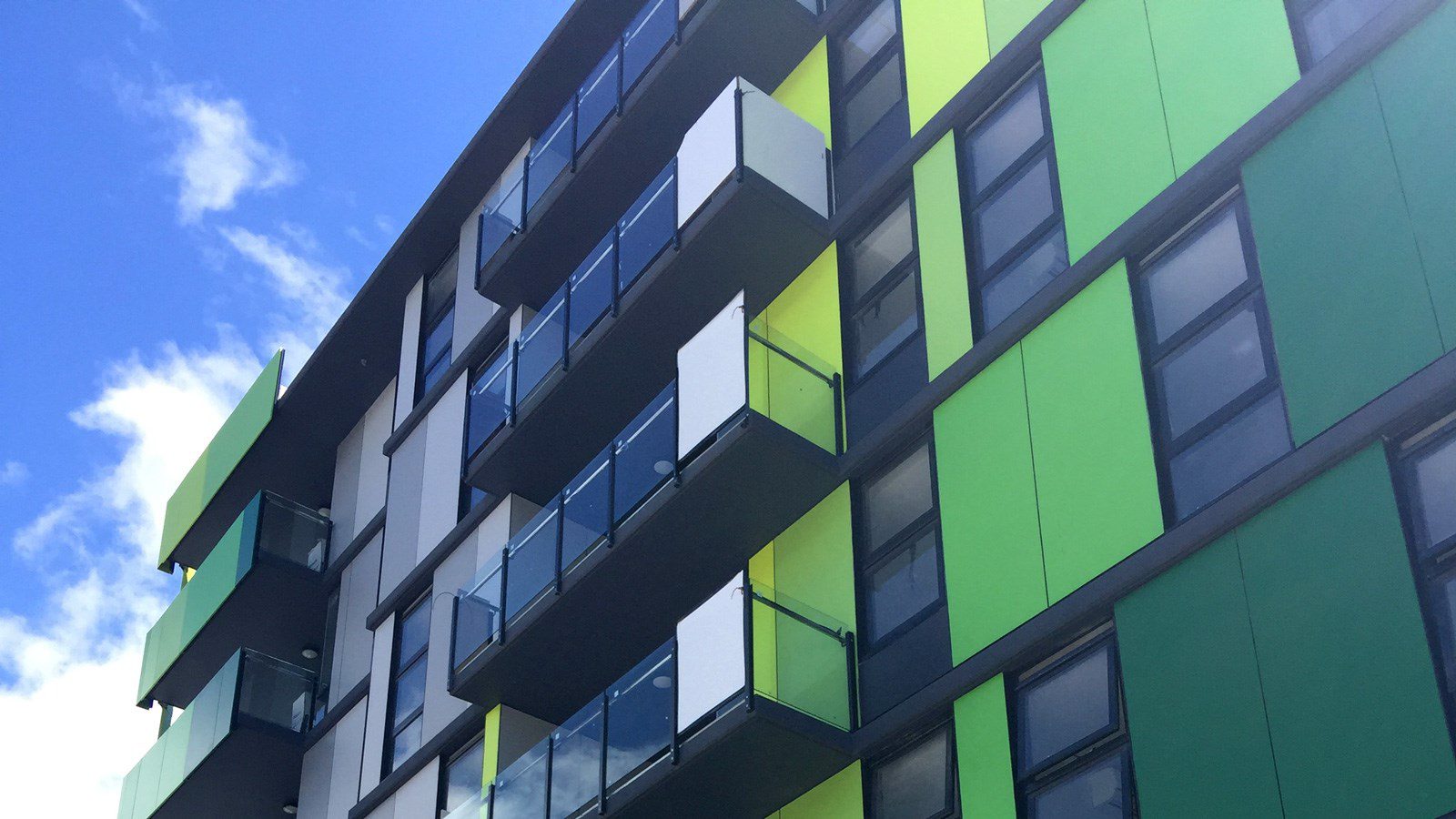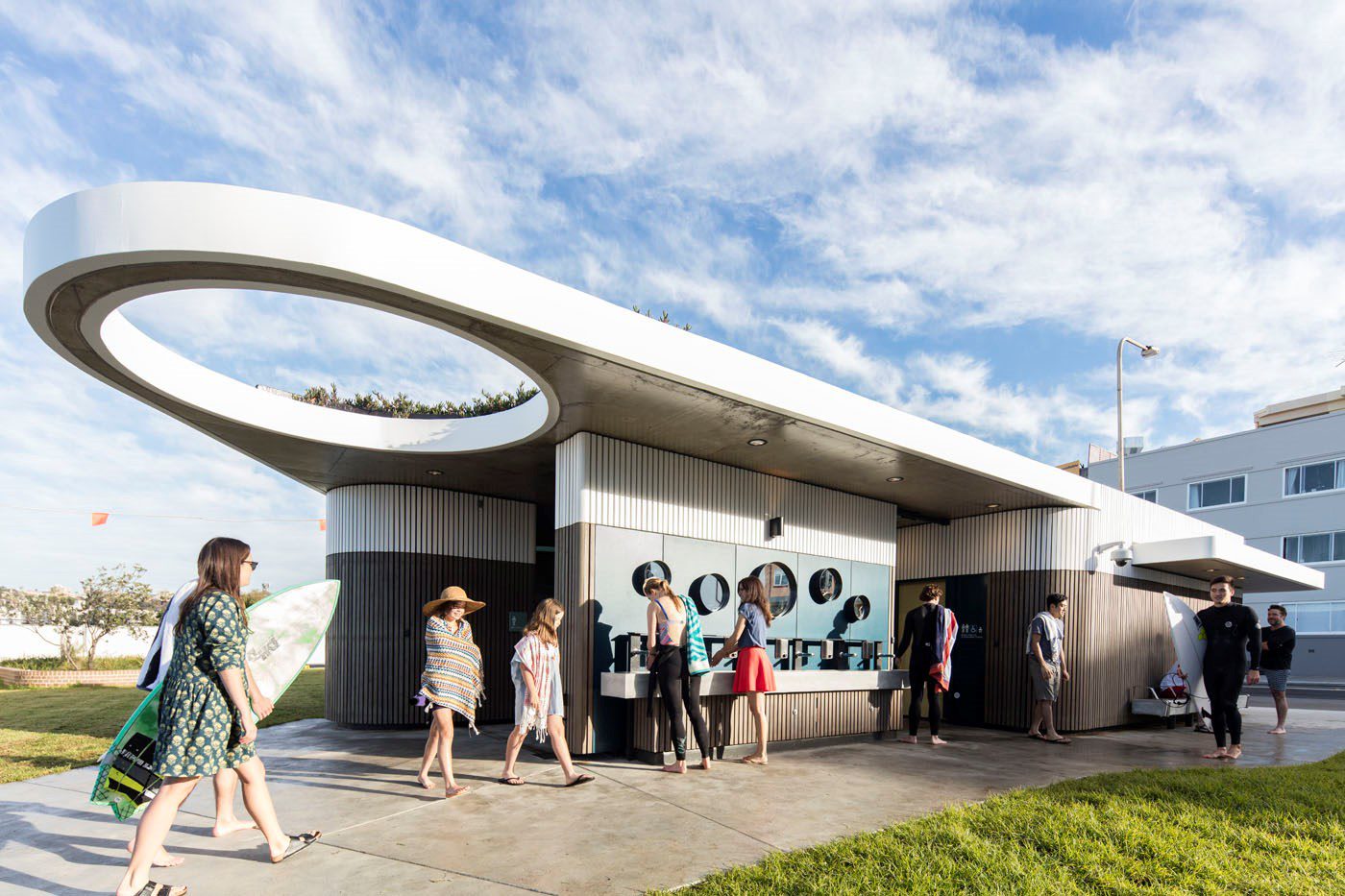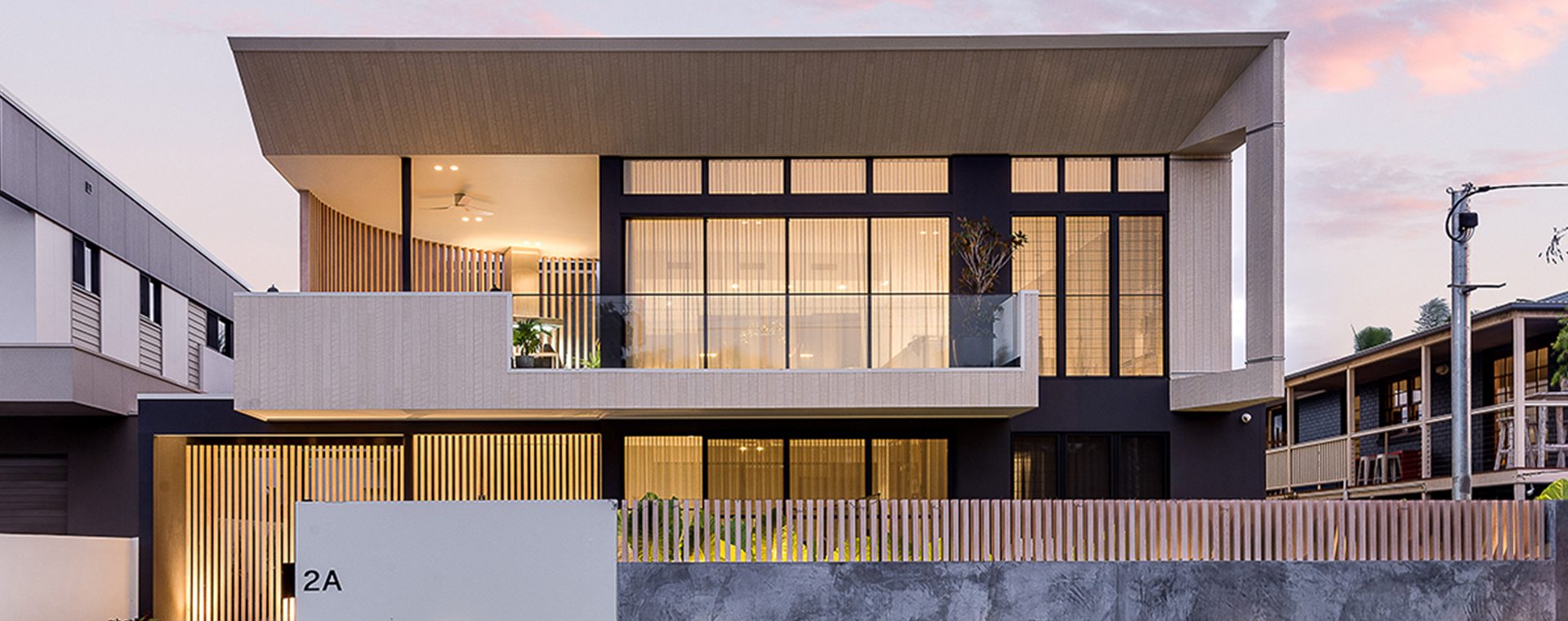Weatherboards to welcome you home.
Browse our Weatherboard range below
The beauty of weatherboard cladding
Some of the most welcoming and charming homes are dressed in weatherboard cladding. This timeless external wall style looks as good on heritage homes as it does on contemporary architect-designed homes.
Simply picturing a weatherboard house in your mind evokes positive associations like breezy beach shacks, quaint cottages, and farmhouses. Today, this wonderful timber weatherboard aesthetic is achieved using modern materials such as vinyl, aluminium, or more commonly, fibre cement boards.
Fibre cement weatherboards are ideal for building in Australia. The overlapping nature of the boards makes them highly weather resistant. Being fibre cement, they are resistant to warping, shrinking, rotting, and swelling, as well as being termite resistant. They have a smooth surface and a fresh, crisp appearance.
The precision of modern weatherboards takes away the rustic nature of timber leaving clean, modern lines. This makes them perfect for Hamptons homes, Cape Cod Style homes and modern farmhouses.
Cemintel’s weatherboard range suits contemporary, traditional, and affordable homes. They’re suitable for new construction as well as renovations with ground floor and upper storey extensions.
Frequently asked questions
-
What is the difference between cladding and weatherboards?
External cladding is a non-structural covering for the exterior walls of a building. Cladding is an overarching term which covers cladding panels, shiplap boards and weatherboards.
Weatherboards are a type of cladding. They’re long planks which are installed horizontally and overlap each other. The top of the board is attached to a structural wall or frame. The bottom of the board overlaps the board below by 25 to 30mm.
-
What is the cheapest exterior cladding?
The price of exterior cladding relates to how thick the material is. The cheapest cladding is Cemintel Cladding Sheet which is just 4.5mm thick.
The most cost-effective weatherboard is Smooth Plank. These are the thinnest in the Cemintel range at just 7.5mm thick. The boards are also very wide with more effective cover than the other boards in the range. This gives them a lower cost per square metre.
-
What are the disadvantages of weatherboards?
The number one disadvantage of a timber weatherboard house is maintenance. To prevent the wood from rotting and the paint from peeling, homeowners had to repaint homes about every 4 years.
Thankfully, fibre cement has replaced timber as the building material, and paint technology has come a long way.
Weatherboards have a disadvantage for builders when used for short return walls. These walls can be just 10 or 20 centimetres long. A cladding panel can be cut into a long strip that runs from floor to ceiling. It’s fast and easy to install.
Weatherboards, on the other hand, need to be cut into 15 to 20 short pieces, aligned, and installed one at a time.
-
Is Weatherboard Cladding good?
It’s great. It works easily and beautifully with flat roofs, skillion roofs, hip roofs and especially gable roofs. It suits coastal, country, and urban areas. It works with pared back contemporary homes as well as decorative Hamptons style and cottage homes.
They’re used on multi-million-dollar Palm Beach properties as well as austere workers cottages.
Installing them is easy. You can install them with lower waste than cladding panels.
-
How long does it last?
Weatherboards were the most popular style of housing up until the 1950s in Australia. Families still live comfortably in these houses.
Fibre cement is an enduring building material and should last a lot longer than timber.
Cemintel weatherboards have a 25-year warranty. The warranty stipulates that the weatherboards or planks are installed and maintained as set out in the installation guide.
-
Are there any risks associated with weatherboard cladding?
If you install weatherboards correctly, they pose a very low risk. Builders should wear the correct personal protective equipment when cutting and handling fibre cement products. Please refer to our Working Safely with Cemintel guidelines.
Other applications
Residential
Commercial
Inspire
Latest topics, projects and people that help shape architecture, design, building and construction.
Speak to an expert
Simply complete the form to get in touch with one of our Cemintel experts.
